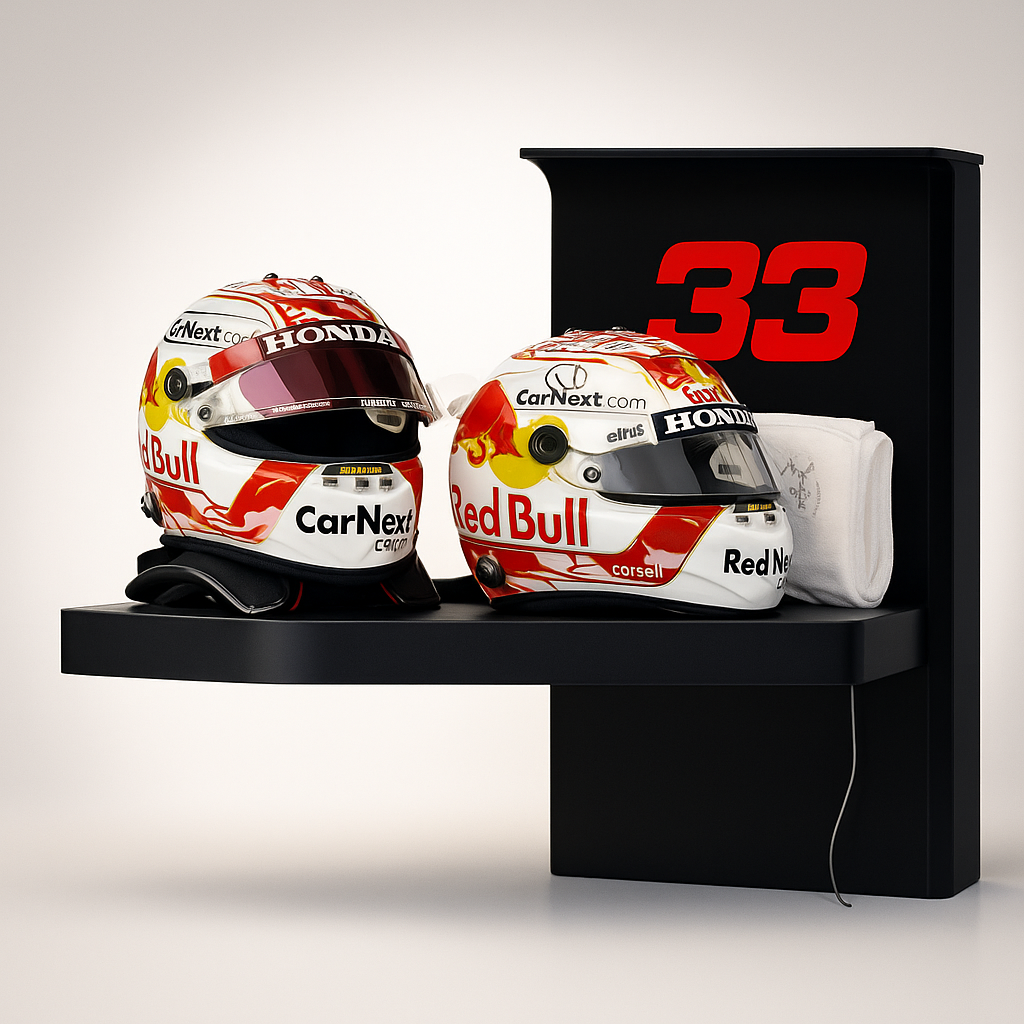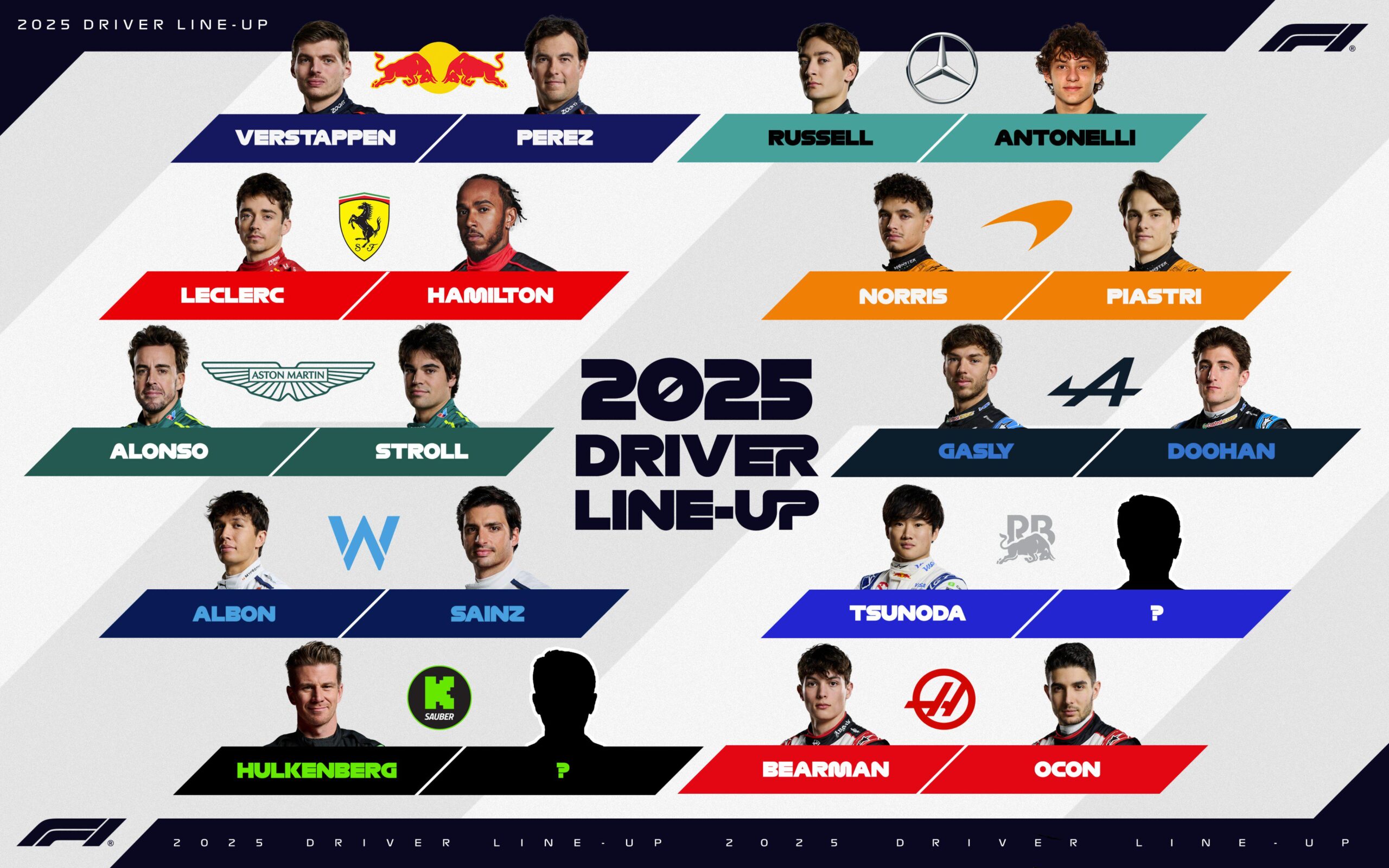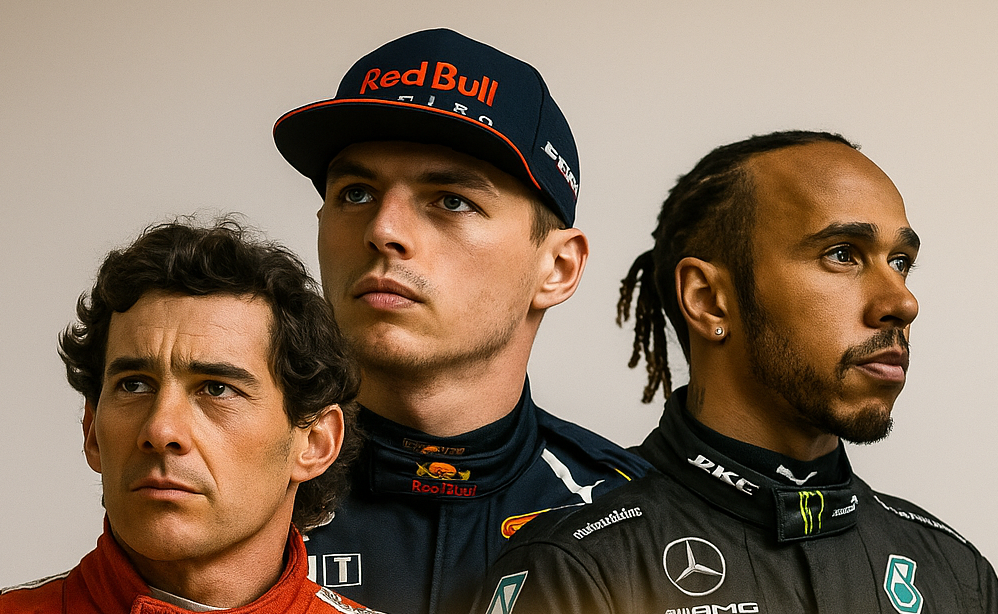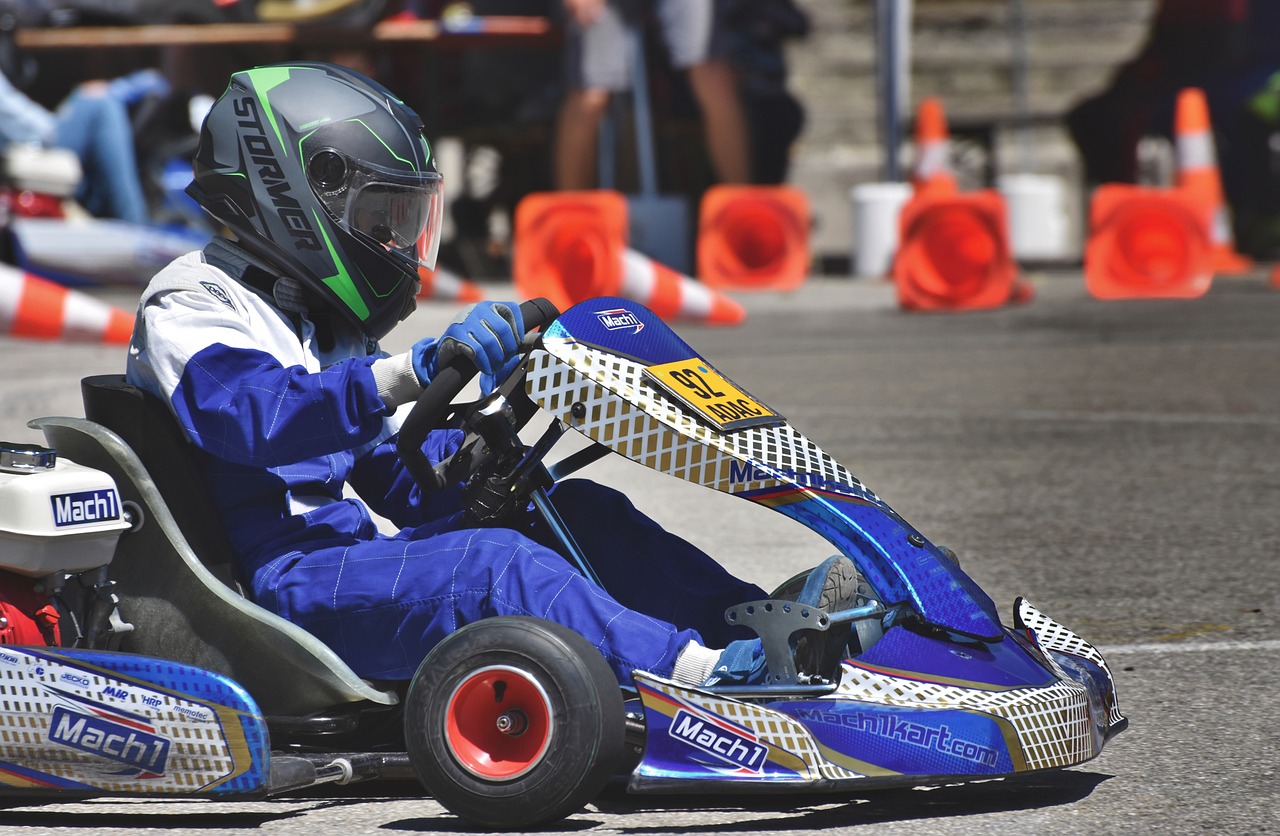When it comes to Formula 1, few items are as symbolic and essential as the helmet. These high-tech domes are not only a matter of life and death on the track they’re also canvases for personal expression and team branding. From Jackie Stewart’s iconic tartan band to Lewis Hamilton’s bold colour palettes, Formula 1 helmets tell a story, protect a career, and often define a legacy.
Let’s explore the fascinating world of F1 helmets, diving into their role in safety, their evolution through motorsport history, and why every curve, visor, and colour choice matters.
The Safety Standard of Formula 1 Helmets
In a sport where speeds exceed 200 mph and risks are ever-present, F1 driver helmets are the first and most critical line of defence. Made to withstand extreme forces, temperatures, and impact, these helmets are rigorously tested under FIA regulations to ensure peak protection.
How Are F1 Helmets Built?
Modern Formula 1 helmets are crafted from advanced composite materials, such as carbon fibre, Kevlar, and resin. This construction ensures that they are:
Ultra-lightweight, minimising strain on a driver’s neck.
Exceptionally strong, capable of withstanding forces over 50G.
Fire-resistant, enduring up to 800°C for 45 seconds.
Aerodynamically optimised, reducing drag and enhancing airflow.
The helmets are also equipped with a HANS device (Head and Neck Support), which connects to the helmet and prevents dangerous whiplash or spinal injury during collisions.
In short, F1 helmets are engineering marvels designed to save lives. The 2018 crash involving Charles Leclerc and Fernando Alonso at Spa is a testament to their effectiveness the helmet, halo, and HANS device worked in unison to avoid catastrophe.
The Evolution of Formula 1 Helmets Over the Decades
F1’s journey from leather skull caps to state-of-the-art visors is nothing short of remarkable. Here’s a snapshot of how Formula 1 helmets have transformed over time:
| Era | Helmet Style | Key Features |
|---|---|---|
| 1950s | Leather caps with goggles | Minimal protection, style-focused |
| 1960s-1970s | Fibreglass full-face helmets emerge | First real shift to safety-first design |
| 1980s | Polycarbonate visors, chin protection improves | Higher durability, visors become standard |
| 1990s | Custom aerodynamics and integrated radios | Tech and communication integration begins |
| 2000s–Today | Carbon fibre shells, HANS, fireproof lining | FIA-standard impact tests and extreme durability |
While the helmets of yesteryear were about bravado and aesthetics, today’s F1 helmets are a product of scientific progress and life-saving necessity. Nevertheless, the heritage designs still influence modern looks.

Formula 1 Helmets as a Driver’s Identity
Beyond safety, Formula 1 helmets are deeply personal. They reflect a driver’s heritage, character, values, and even mood. Over the years, they’ve become a staple of branding in motorsport.
Personal Branding on Track
A driver’s helmet is often the only part of their gear not strictly controlled by sponsors. This creative freedom has led to some of the most iconic designs in sports:
-
Ayrton Senna’s yellow with green stripes paid homage to Brazil.
-
Sebastian Vettel famously changed his design regularly, expressing his personality.
-
Lando Norris often uses fan-submitted designs, including playful and humorous artwork.
When fans spot a helmet from afar, they immediately know who it belongs to making F1 driver helmets essential in building fan connection and driver identity.
Technological Innovations in Modern F1 Helmets
Today’s Formula 1 helmets are packed with technology. It’s not just about protection anymore—it’s about performance, visibility, and integration.
Key Features in Modern Helmets:
Anti-fog visors with tear-off strips for visibility.
Custom-fitted inner linings, tailored to each driver’s head.
In-built microphones and audio channels, linking drivers to race engineers.
Helmet cooling systems, connected to air ducts in the car.
All of this is achieved while keeping the helmet below 1.2 kg. Engineers constantly refine the design to adapt to new aero packages and driver needs.
Who Makes Formula 1 Helmets?
The primary helmet manufacturers in F1 today include:
-
Bell Helmets – Used by Lewis Hamilton and Charles Leclerc.
-
Schuberth – Popular with drivers like Max Verstappen.
-
Arai and Stilo – Favoured in junior and endurance racing.
These companies not only meet FIA standards but also customise each helmet for aerodynamic efficiency based on each car’s airflow model.
How Are F1 Helmets Tested?
FIA mandates that every F1 helmet must pass stringent tests before being allowed on track. These include:
-
Impact testing: To simulate crashes at high speeds.
-
Crush testing: To assess shell resilience under pressure.
-
Penetration testing: Sharp objects are fired at the helmet shell.
-
Fire testing: The helmet must withstand 800°C for 45 seconds without damage.
Drivers often carry two or more helmets per weekend to account for rain conditions, sponsor commitments, and spares in case of damage.

Customisation: More Than Just Colours
Drivers regularly update their helmet designs for specific races. Monza, Monaco, Silverstone each event might see a new look.
Reasons for custom helmets include:
-
Special edition tributes (e.g. Schumacher-inspired designs).
-
National pride during home races.
-
Charity awareness, like pink helmets for cancer research.
-
Fan engagement, where fans vote on their favourite designs.
In this way, Formula 1 helmets become storytelling tools—full of emotion, culture, and pride.
Formula 1 Helmets for Fans
It’s not just drivers who love these helmets. F1 fans across the UK and beyond collect replica helmets, often at 1:2 or full scale. These replicas are beautifully made, featuring real visors, foam padding, and accurate decals.
They’re perfect for display in man caves, office desks, or even garage walls. Popular replica designs include:
-
Lewis Hamilton’s rainbow pride helmet.
-
Michael Schumacher’s classic Ferrari red.
-
Ayrton Senna’s unmistakable yellow and green.
Authentic replicas from Bell or Schuberth can be found through official F1 Store retailers or trusted motorsport outlets.
Conclusion: More Than Just Headgear
Formula 1 helmets are the beating heart of a driver’s safety system and a unique canvas of self-expression. They’ve come a long way from leather caps to carbon-clad masterpieces—and they’re not done evolving yet.
Whether you’re watching from the stands at Silverstone or cheering from your living room, understanding the importance and legacy of F1 helmets brings you one step closer to the action. They symbolise the perfect blend of science, identity, and speed just like the sport itself.
FAQs About Formula 1 Helmets
Why are Formula 1 helmets so important?
Formula 1 helmets are essential for driver safety, providing protection against high-speed impacts, fire, and flying debris. They’re also a key part of a driver’s identity, often customised with unique colours and personal designs.
What materials are used to make F1 helmets?
Modern F1 helmets are made using advanced composite materials like carbon fibre, Kevlar, and high-resistance resins. These offer maximum protection while keeping the helmet lightweight and aerodynamic.
Do F1 drivers design their own helmets?
Yes, most drivers are actively involved in designing their helmets. They often incorporate personal elements such as national flags, lucky numbers, tributes, or even artwork submitted by fans.
Can fans buy official F1 helmets?
Absolutely. Fans can purchase official replica F1 helmets in full-scale or half-scale versions from trusted retailers like the F1 Store or directly from manufacturers like Bell and Schuberth.
What specific technologies are built into modern F1 helmets to enhance driver performance?
Beyond safety, today’s F1 helmets integrate technology to improve race performance. These include anti-fog visors with tear-off layers, custom-fitted padding for stability, and in-built microphones for race communication. Some helmets also feature airflow channels that connect to the car’s cooling systems, helping regulate driver temperature during intense Grand Prix events.





